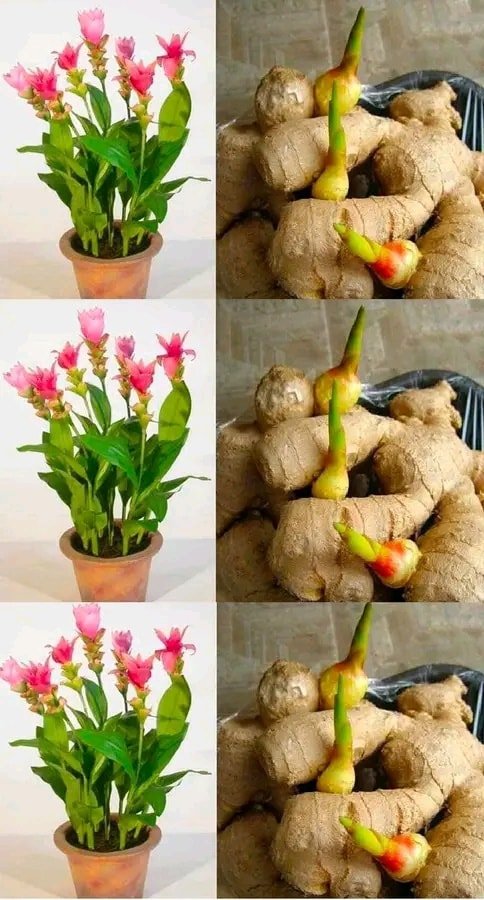ADVERTISEMENT
How to Propagate and Make Sansevieria: The Ultimate Guide to Growing Your Snake Plant
Sansevieria, also known as Snake Plant, Mother-in-Law’s Tongue, or Viper’s Bowstring Hemp, is a popular houseplant known for its striking, upright leaves and its resilience to various growing conditions. It’s also incredibly easy to propagate, making it a perfect plant for both beginner and seasoned gardeners. Whether you’re looking to expand your plant collection or share the love with friends, propagating Sansevieria is simple and rewarding.
In this article, we will guide you through the process of propagating and growing Sansevieria from the comfort of your own home. With just a few basic materials and some patience, you can create new plants and enjoy this air-purifying beauty throughout your living space!
Why Sansevieria is the Perfect Plant to Propagate
Before diving into the propagation process, let’s look at why Sansevieria is such a great choice for gardeners:
- Low Maintenance: Sansevieria is known for its ability to thrive in low light and with minimal water. It’s a hardy plant that can tolerate neglect, making it ideal for busy people or beginners.
- Air Purification: It’s one of the few plants that can purify the air by removing toxins such as formaldehyde and benzene, improving your indoor air quality.
- Beautiful and Versatile: With its tall, sword-like leaves and unique patterns, Sansevieria adds modern elegance to any space.
Methods for Propagating Sansevieria
Sansevieria can be propagated in two main ways: leaf cuttings and offsets (pups). Both methods are easy to follow, and the best one for you depends on what you prefer or have available. Here’s a breakdown of both propagation methods:
Method 1: Propagating Sansevieria Using Leaf Cuttings
Propagating through leaf cuttings is one of the most popular methods for expanding your Sansevieria collection. By cutting a healthy leaf into sections, you can grow a whole new plant from each section.
Materials You’ll Need:
- A healthy Sansevieria leaf (preferably mature)
- A sharp knife or pair of scissors
- A glass of water (optional for water propagation)
- A small pot with well-draining soil
- Rooting hormone (optional)
Step-by-Step Instructions:
- Select a Healthy Leaf: Choose a mature, healthy Sansevieria leaf. Make sure it’s free from blemishes or damage.
- Cut the Leaf Into Sections: Using a sharp knife or scissors, cut the leaf into several 4–6-inch long sections. It’s important to note that the sections need to be cut in a way that’s aligned with the plant’s natural growth, so the bottom of the cutting will eventually grow roots, and the top will grow new leaves.
- Let the Cuttings Callus: Place the cut leaf sections in a dry area and let the ends callus over for 1-2 days. This step is crucial as it helps prevent rot when the cuttings are placed in soil or water.
- Prepare the Propagation Medium: There are two options for rooting your cuttings:
- In Water: If you prefer to propagate in water, simply place the cut end of each leaf section in a glass of water. Ensure the water level doesn’t submerge the cutting’s top portion to prevent rot. Change the water every 2–3 days to keep it fresh.
- In Soil: Alternatively, you can root the cuttings directly in soil. Use a small pot with well-draining cactus or succulent soil. Insert the cut end of each section about 1-2 inches into the soil.
- Provide Proper Conditions: Place the pot or glass in a warm, bright location with indirect sunlight. Avoid direct sunlight, as this can scorch the cuttings. If propagating in water, wait for roots to form (typically 3-4 weeks). If in soil, it may take slightly longer.
- Transplant When Ready: Once the roots have formed and the new plant is established, you can transplant it into a permanent pot. For those propagated in water, wait until the roots are about 1-2 inches long before transplanting into soil.
Method 2: Propagating Sansevieria by Offsets (Pups)
Sansevieria naturally produces small offsets or “pups” at the base of the plant. These pups can be easily separated and planted into their own pots, making this method incredibly simple and effective.
Materials You’ll Need:
- A mature Sansevieria plant with pups
- A sharp knife or scissors
- A small pot with well-draining soil
- A watering can
